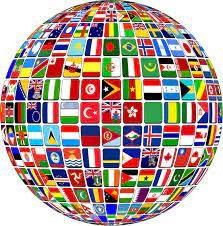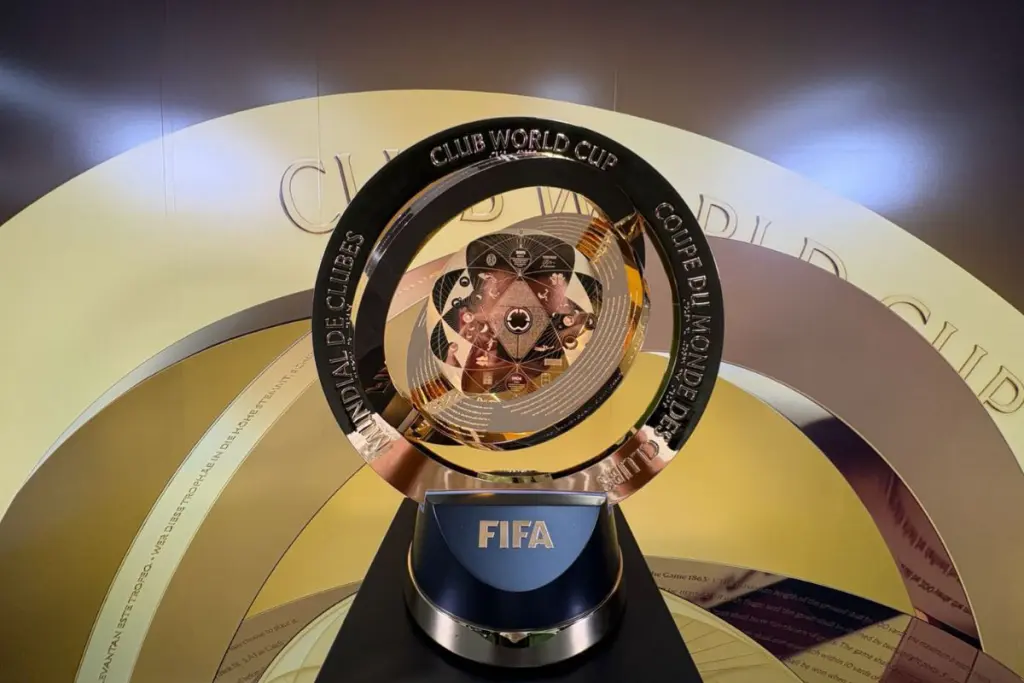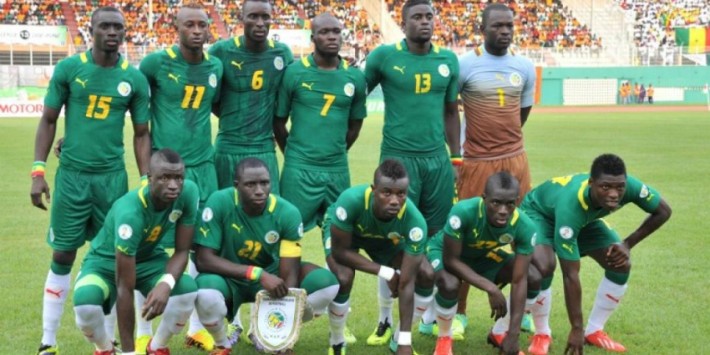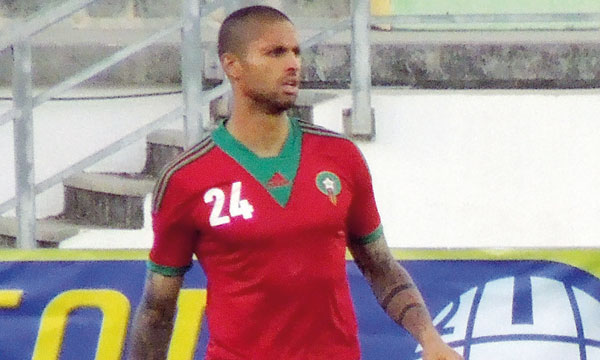Africa’s four representatives at the 2025 FIFA Club World Cup have exited the tournament without registering a single point, casting serious doubt over the continent’s chances of gaining additional qualification spots for the 2029 edition.
In the inaugural 32-team format, currently taking place in the United States from 14 June to 13 July, African clubs delivered the weakest overall showing among all participating confederations.
With all four teams eliminated in the group stage, Africa joins Oceania—represented solely by Auckland City—as the only regions without a club in the knockout rounds.
The dismal performance comes in stark contrast to Asia and CONCACAF, which each had four representatives in the group phase. Asian football enjoyed a breakthrough, with Saudi Arabian giants Al-Hilal leading the charge into the round of 16.
Meanwhile, CONCACAF celebrated two clubs progressing to the knockout stage, aided in part by host nation privileges that allowed Lionel Messi’s Inter Miami to participate as an additional team.
In terms of success rates, Europe and South America remain dominant. European clubs recorded a 75% qualification rate, with nine out of their twelve entrants advancing. South America followed with four of six progressing—a 67% success rate.
Asia secured one knockout round slot from four teams, while CONCACAF achieved two, with five teams involved due to the host nation’s inclusion.
For Africa, the outcome presents a sobering reality. With none of its four clubs advancing and not a single point collected during the group stage, calls for additional spots in future editions of the competition appear increasingly unrealistic.
The continent’s current allocation, already limited, is unlikely to expand unless FIFA opts to increase the overall number of participating clubs.
One potential path for African expansion in 2029 could stem from the event’s reported hosting in Morocco. If confirmed, the host nation would likely gain an automatic berth, thereby increasing Africa’s representation by one team through default rather than merit-based qualification.
However, even this boost would be limited in significance and would not alter the broader competitive imbalance.
There remains a growing concern within African football circles about the gap in performance at club level when compared with other confederations. Despite individual talents and domestic passion for the game, African clubs have often struggled to compete with their counterparts from Asia, the Americas, and Europe in tournament settings that demand depth, organisation, and consistency.
The 2025 tournament, while historic in its format, has served as a stark reminder of the challenges facing African club football.
Without a significant improvement in continental competitions, investment in infrastructure, and competitive match exposure, hopes of stronger global representation may remain elusive.
As discussions around the 2029 FIFA Club World Cup begin to take shape, Africa’s position appears tenuous. Unless structural changes are made or the format is significantly expanded, the continent looks set to remain limited to four representatives—at least on current sporting merit.
FIFA has yet to confirm the number of teams or allocation breakdown for the next edition, but Africa’s performance in the United States will undoubtedly factor into the final decision.
For now, the continent must reckon with its early exit and regroup ahead of the next opportunity on the global stage.
Mundial de Clubes
2025
Conf Partic 8os %
UEFA 12 9 75
CONMEBOL 6 4 67
CONCACAF 5 2 40
AFC (Asia) 4 1 25
CAF (África) 4 0 0
Oceania 1 0 0Nota:
%=
Equipos en 8os÷participantes
x Confederación— Ernesto Roa (@ernestoroa_) June 27, 2025











